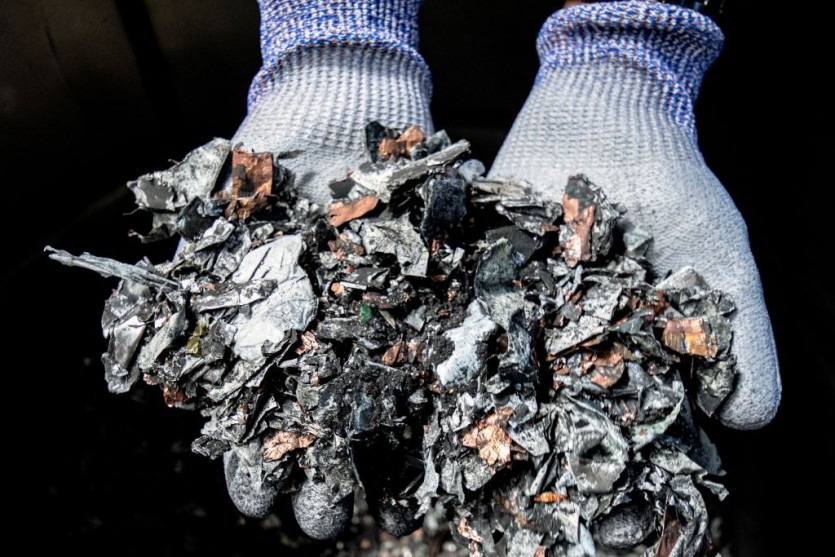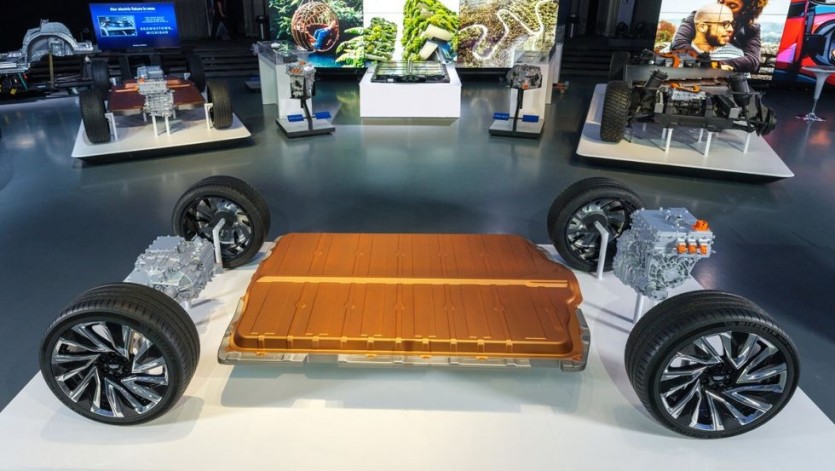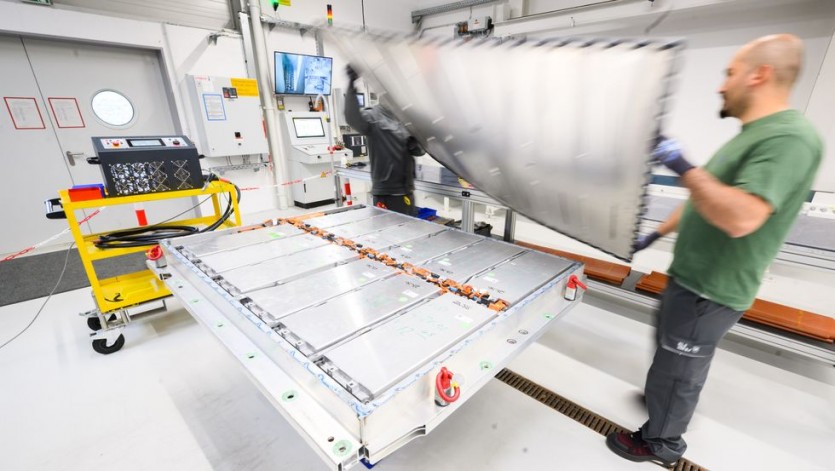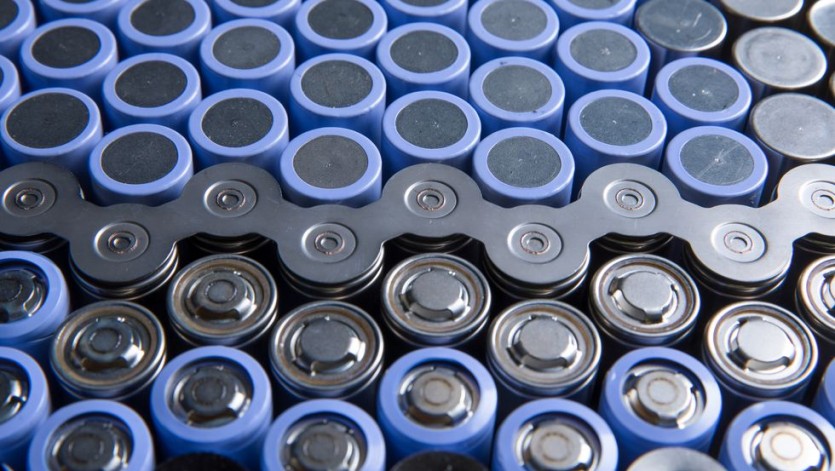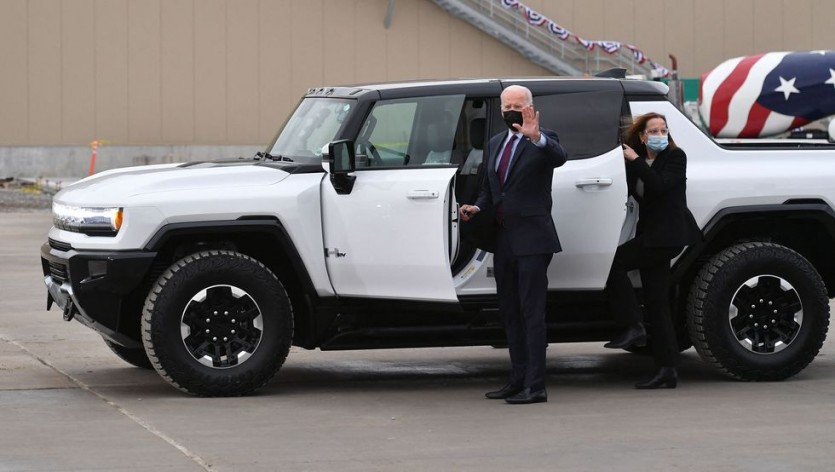Everything You Need to Know about EV Battery Disposal
페이지 정보

조회 88회 작성일 23-09-06 13:06
본문
Everything You Need to
Know about EV Battery
Disposal
This is what happens when your electric car's battery pack reaches the end of its life.
EZEQUIEL BECERRA|GETTY IMAGES
It's one of the many worries you hear about electric vehicles: What happens to the battery packs of EVs when they're used up? We're not supposed to toss certain kinds of small batteries in the trash, so what happens to those that weigh hundreds of pounds? Do they just end up in landfills?
We can simply look to the precedent set by the disposal of smaller high-voltage battery packs, such as those used in the Toyota Prius
and the Honda Insight, to answer this question. At the end of their lives, these packs don't end up in landfills.
Are EV Batteries Recyclable?
Instead of trashing the batteries, auto recyclers (the businesses formerly known as junkyards) send them to specialist firms
that dismantle the packs and break them down into their different materials: wires, circuitry, plastics, the actual cells.
The cells and circuits are crushed to separate and purify the various metals in them, including nickel and lithium.
Dealerships also dispose of used hybrid packs responsibly, relying on collection programs set up by automakers,
which send these batteries to those same recyclers to undergo the same dismantling procedures.
Toyota's program is arguably the most notable, given that the automaker has sold the bulk of hybrid vehicles in the U.S.
Electric-Car Battery Recycling
While EV batteries hold 20 to 100 times more energy than those used by hybrids,
they're recycled pretty much the same way as the smaller ones.
The packs are shipped to a facility specializing in battery disassembly and recycling their components.
Certain parts are easy: steel, copper, and aluminum scrap metal usually go into the nationwide metals-recycling stream.
The plastics may not be recyclable, but they’re a small proportion of the total contents of an EV battery pack.
Stream of Critical Materials
It’s the cells themselves that hold the most allure. They’re the most expensive part of the complete battery pack
when new, and the prize is their lithium, cobalt, manganese, nickel, and, to a lesser extent, aluminum.
The cells are ground up, the resulting stream is purified in various ways, and the end of the process is a pure supply of the desired metals.
PICTURE ALLIANCE|GETTY IMAGES
Recycling goods is big business across many industries, and the automobile business is no exception,
with metals such as steel and aluminum—which make up much of a car's body—typically getting recycled at the end of a vehicle's service life.
EVs are distinctive, though, thanks to their battery metals.
In 2017, a Silicon Valley tech entrepreneur with extensive experience
in auto startups launched his own company to scale up battery collection and recycling.
JB Straubel, one of the earliest employees at Tesla (and also the automaker's former chief technology officer),
raised hundreds of millions of dollars of venture capital when he announced the launch of a battery-recycling and -supply startup.
Redwood Materials is now headquartered in Carson City, Nevada, not far from Tesla's battery-manufacturing facility in the Reno area.
Straubel's decision to focus on supplying battery minerals spurred an investment race,
and more than a dozen venture-funded startups or corporate entities have emerged in various parts of the battery-recycling industry.
Currently, Redwood's biggest challenge is procuring a sufficient number of EV batteries to recycle.
The company has set up programs with auto-recycler trade groups and automakers, including Ford and Volkswagen,
to boost its supply of used cells to feed into its grinders and purifiers.
The U.S. Department of Energy even gave Redwood a $2 billion loan to build out its Nevada factory.
Is There a Second Life for Used EV Batteries?
An EV battery pack is assumed to be at the end of its life when it has no more than 70 to 75 percent of its original capacity.
Hitting this mark may take 10 years or more.
Even with a quarter or more of peak capacity gone, aging battery packs still offer plenty of energy storage—20-to-90 kilowatt-hours,
or up to three days' worth of electricity for the average American home.
It's long been thought that a robust "second use" industry might spring up to buy
and repurpose used packs, extending their lives by another 10 years or more.
BLOOMBERG CREATIVE|GETTY IMAGES
This hasn't happened at any scale, though. Sure, automakers installed early demonstration projects,
and some energy-storage installations are now live in various countries,
but potential customers for on-site energy storage largely continue to prefer fresh new cells over a motley array of used EV packs
with unknown usage and duty cycles (basically, the wear and tear of driving).
The challenge of reuse is particularly difficult because new cells are dramatically cheaper now,
to the point that it's no longer clear there's a business model in buying, transporting, repurposing,
and reselling used cells from older battery packs.
The Future of EV Battery Recycling
What will likely ensure that used battery packs aren't just tossed into the ground is the valuable metals inside:
lithium, nickel, cobalt, manganese, aluminum.
Demand for batteries will soar in the 2020s and '30s as the world's largest car markets—China, North America,
Europe—continue to transition to EVs. And new mining takes a long time to set up, especially in countries with environmental safeguards.
MANDEL NGAN|GETTY IMAGES
Unlike liquid hydrocarbons, whose energy content is gone after they're burned as gasoline, an atom of cobalt is an atom of cobalt
regardless of how many batteries it’s been in.
So, end-of-life EV batteries offer a future source of those valuable metals, already extracted from the ground and neatly packaged in a box.
Sure, the battery pack and its cells and modules must be separated and ground up,
not to mention have their useful metals divided from their plastic waste,
but battery metals recycled here now have a major advantage that newly mined cobalt or nickel may not:
They're already located in North America.
The Inflation Reduction Act signed by President Biden includes huge subsidies for U.S. production of batteries into the 2030s.
The Inflation Reduction Act's EV purchase incentives apply only to vehicles
whose battery minerals come from a list of countries that notably does not include China,
which today is the source of most of the world's EV battery metals.
But while an EV battery's metals may have come from China when they were first mined,
once a U.S. recycler separates the cells back into their component metals, that "new" lithium or nickel is now considered to be from the U.S.
So, don’t worry about the disposal of your EV's battery pack at the end of its life.
Odds are it'll be carefully collected and broken down into its component parts,
at which point its fundamental components will be made right back into more batteries—perhaps for your next EV.
